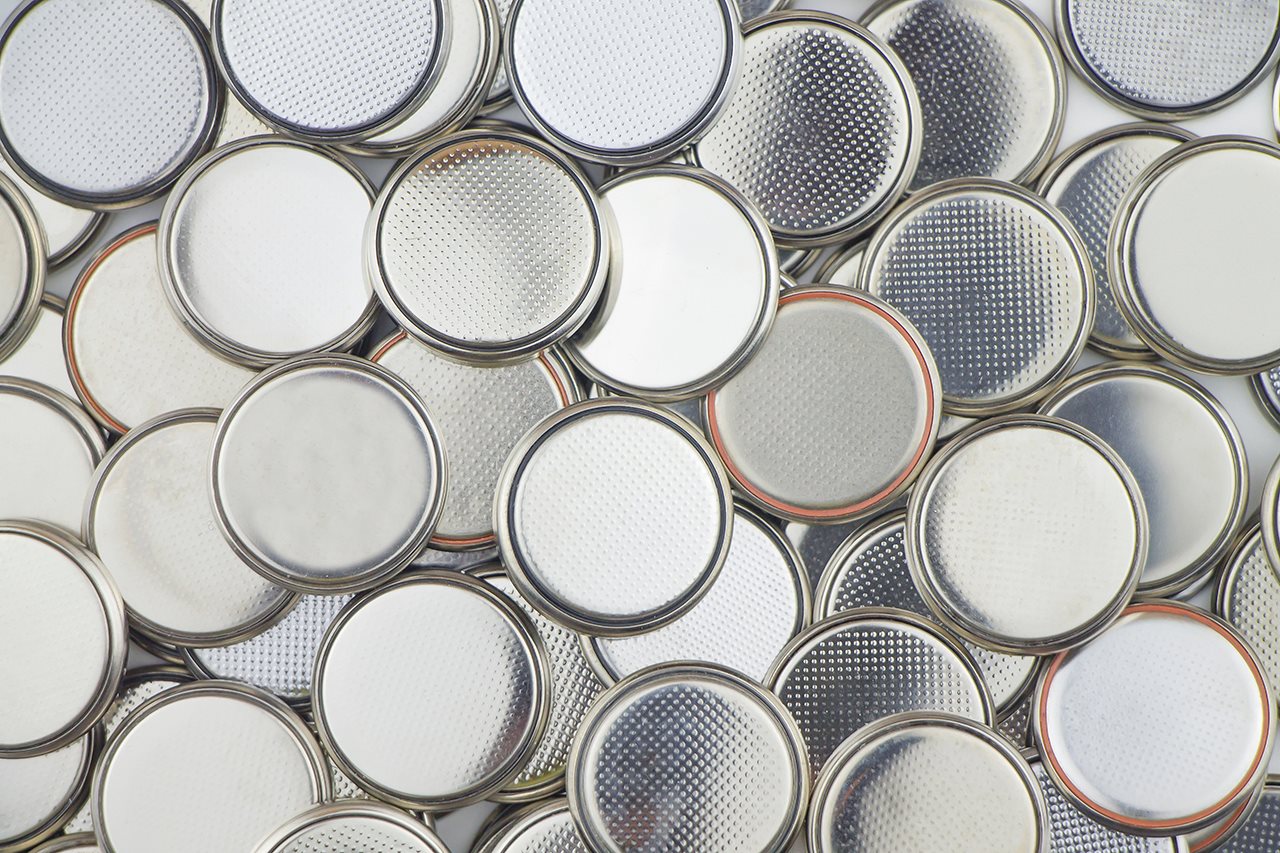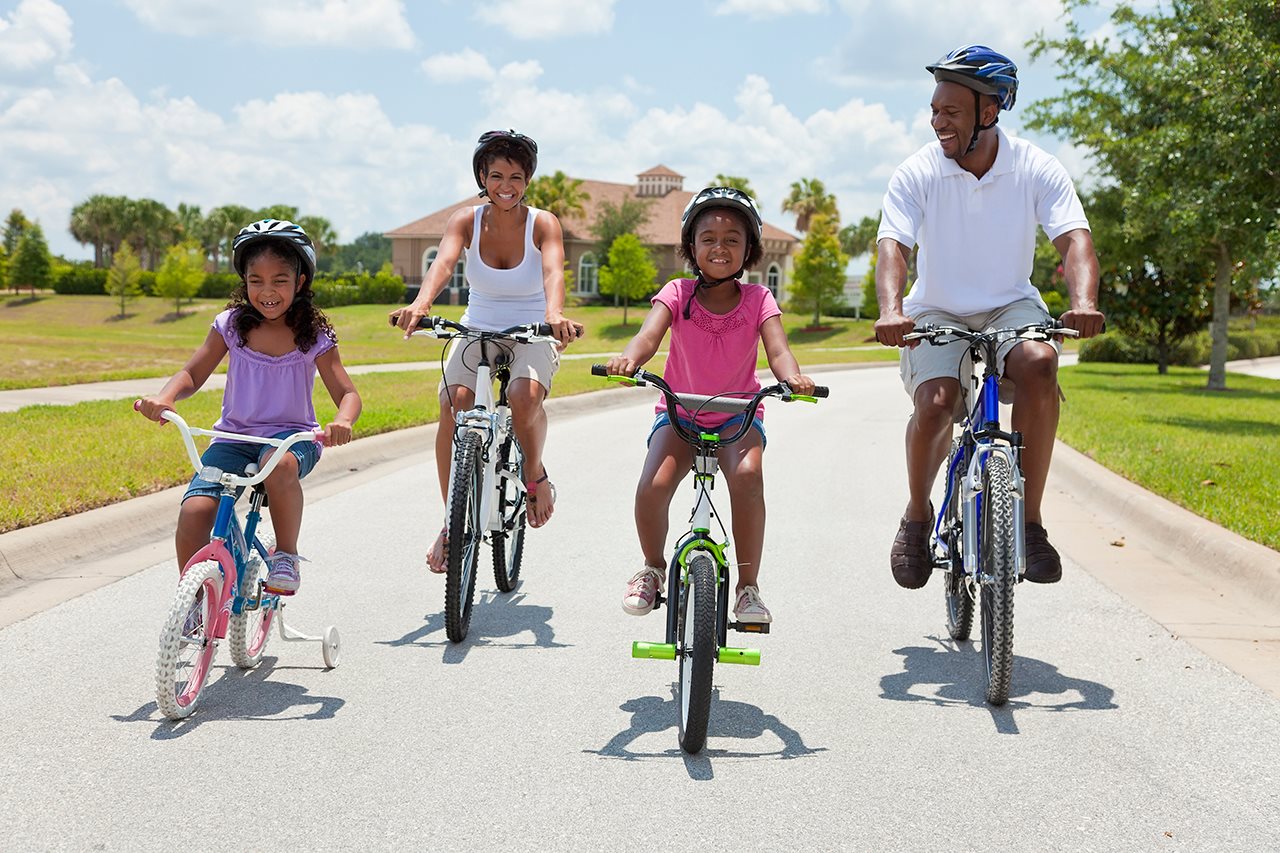Home product-related injuries: 5 tips for staying safer
(BPT) - While overall visits to hospital emergency rooms have dropped since the COVID-19 pandemic began, visits to the ER for certain product-related injuries have risen over the past year. According to a new report, some types of risks for injury have actually increased since most Americans started spending more time at home. This new U.S. Consumer Product Safety Commission (CPSC) study details the increases in those home incidents that sent more people to the hospital between March and September 2020:
- The largest number of increases in ER-treated injuries across all age ranges involved fireworks and flares (56%), followed by skateboards, scooters and hoverboards (39%) and severe injuries with all-terrain vehicles (ATVs), mopeds and minibikes (39%)
- Injuries related to button batteries rose by 93% among young children (ages 5-9)
- Injuries involving cleaning agents (84%), or soaps and detergents (60%)
- Bicycle injuries showed a slight increase (1%) overall, but that figure jumped to 21% for users age 40 and up, and 39% for users over the age of 70
Clearly, spending more time at home, as well as participating in certain recreational activities that may have been new to some participants, led to more injuries, some of them severe.
“These data begin to tell a story of how consumers were injured by products during the pandemic,” notes CPSC acting chairman Robert Adler. “But the ending of the story has yet to be written. With more data and an increased number of available resources, CPSC can help make sure that consumers are safer, whether they are quarantining at home, or back at work and school.”
How can you keep your family safer at home?
The types of injuries sustained by more people over the past year show crucial areas, activities and products where families can take proactive measures to help safeguard against incidents. Follow these top tips from CPSC’s COVID-19 Safety Education Center:
1. Fireworks

Never allow young children the access or opportunity to play with or ignite fireworks, including sparklers.
2. Micro-mobility Devices

When anyone — whether an adult, child or teen — uses a e-scooter, skateboard or hoverboard, gear up with a safety helmet, and stay out of the street while riding.
3. Batteries

Keep all products that use small batteries, such as button batteries, away from kids. This includes TV remotes. Make sure that the battery compartments on all of your children’s toys are secured properly. Dispose of used batteries properly to avoid having children find them in the home.
4. Poisons

While you may not think of soap, detergent, laundry products and other cleaning agents as “poison,” they are harmful and can even be lethal when ingested, especially by young children. Keep all cleaning products in their original bottles. Lock them up and away from younger children; be sure to supervise children while adults are using these products. The same goes for prescription and over-the-counter medications. Put the Poison Control Center’s hotline numbers (800-222-1222) in your cell phone and post for visiting relatives or babysitters.
5. Bicycles

Always wear a safety helmet when riding a bicycle, at any age, to help prevent against brain injury in case of a fall or other accident. Make sure helmets fit snugly and are correctly fastened. When you're buying a helmet, look for the label that reads: “Complies with U.S. CPSC Safety Standards for Bicycle Helmets.”
Remember, children watch what you do, so following safety practices for yourself helps to ensure they will learn the importance of those safety practices for life — even when you are not around.
For more lifesaving information and tips, visit CPSC.gov.
Have you come across a dangerous product or suffered a product-related injury? Report it on www.SaferProducts.gov or call the CPSC Hotline at 800-638-2772 (TTY 301-595-7054).

